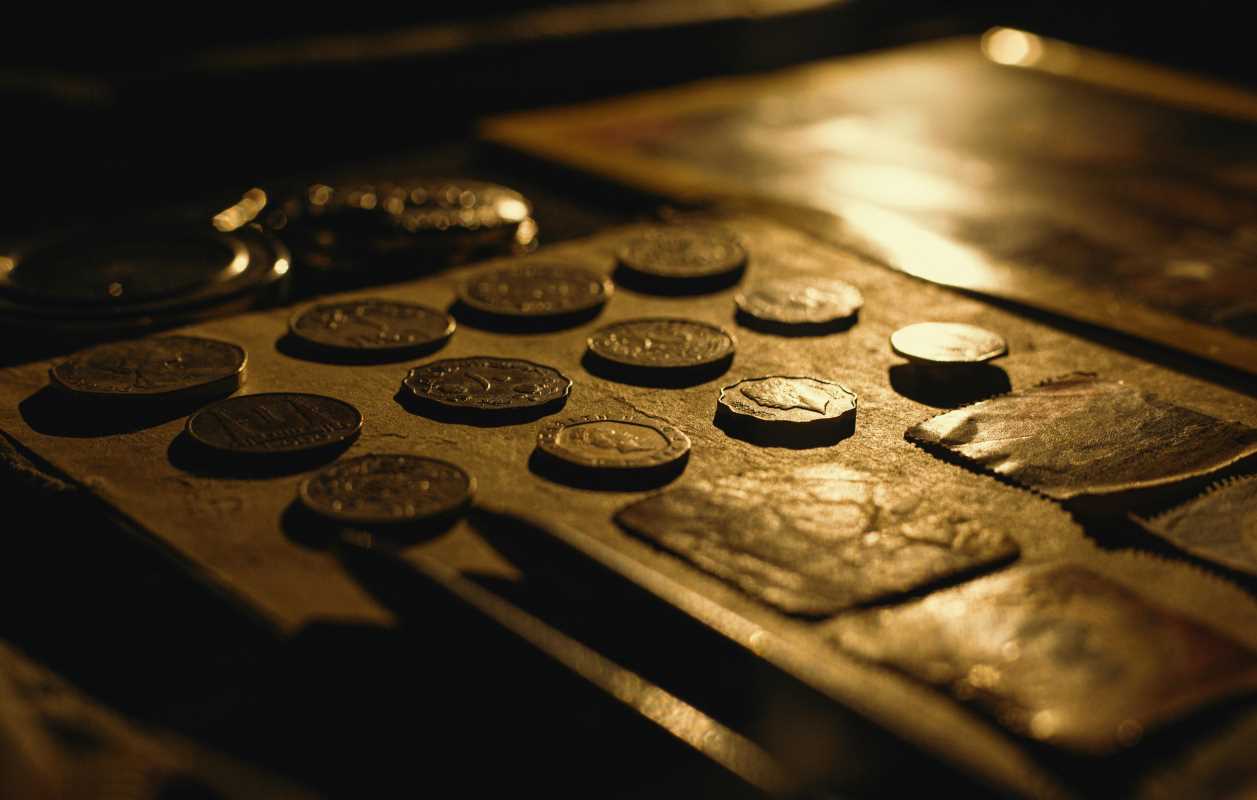There's something undeniably thrilling about owning a rare collectible item; it's not just a hobby but also a wise investment. Whether you're captivated by the allure of a vintage comic book, enchanted by the history of an antique piece of furniture, or drawn to the uniqueness of a limited-edition action figure, these treasures carry immense sentimental and financial worth. Yet, the unexpected, such as theft, damage, or loss, can threaten these valuable possessions. Being well-informed about handling insurance claims for rare collectibles is crucial. It safeguards your investments and provides the peace of mind every collector desires.
Handling insurance claims for your rare items may seem daunting, but with the right knowledge and preparation, you can manage the process efficiently. This guide walks you through the essential steps and provides practical tips to help you navigate insurance claims for your valuable collectibles successfully.
Understanding Collectible Insurance Policies
Before you can file an insurance claim effectively, grasp a solid understanding of the insurance policies that cover your collectibles. These specialized policies differ from standard homeowners or renters insurance, offering tailored coverage to meet the unique needs of rare items.
- Appraisal Coverage: Ensures that your collectibles receive accurate appraisals, providing a clear value for insurance purposes.
- Agreed Value: You and the insurance company agree on the item's value at the time the policy is written, eliminating disputes during claims.
- Replacement Cost: Covers the cost to replace the item with a similar one, considering current market prices.
- Specialized Protection: Offers coverage for specific risks related to collectibles, such as theft, damage, or loss during events like auctions or exhibitions.
- Worldwide Coverage: Protects your items not just at home but also while they travel or display in public.
- Exclusions and Limitations: Details what the policy does not cover, helping you understand the boundaries of your protection.
By familiarizing yourself with these key elements, you can select a policy that best fits your collection's needs and ensures comprehensive protection against potential risks.
Filing an Insurance Claim
When the unfortunate happens and you need to file an insurance claim for your rare collectible, following a systematic approach will help streamline the process and increase the likelihood of a successful outcome.
- Notify Your Insurance Provider: As soon as the incident occurs, contact your insurance company to report the claim. Prompt notification often meets policy requirements.
- Document the Damage or Loss: Take detailed photos and make notes of the item’s condition. Gather any evidence that supports your claim, such as police reports in the case of theft.
- Submit Required Documentation: Provide all necessary paperwork, including the insurance policy, appraisals, purchase receipts, and any other relevant documents.
- Cooperate with the Claims Adjuster: An insurance adjuster may visit to assess the damage or verify the loss. Be prepared to provide access to the item and answer any questions they may have.
- Review the Settlement Offer: Once the adjuster has reviewed your claim, the insurance company will make a settlement offer. Carefully review this offer to ensure it aligns with your policy’s coverage and the value of your collectible.
- Accept or Appeal: If you agree with the settlement, accept it and move forward. If not, you have the option to appeal the decision, providing additional evidence or seeking a second appraisal if necessary.
Following these steps diligently helps you navigate the claims process efficiently and reduces the stress associated with handling insurance matters during trying times.
Overcoming Challenges in Claims
Filing an insurance claim for rare collectibles presents its own set of challenges. Being aware of these potential obstacles and knowing how to address them makes the process smoother and more effective.
One common challenge involves accurately valuing the collectible. Market values for rare items can fluctuate, and establishing an accurate, up-to-date appraisal is critical. To overcome this, ensure that you obtain regular appraisals from reputable sources and maintain records of any changes in the item's value over time.
Another hurdle involves dealing with insurance adjusters who may undervalue your item or question the legitimacy of your claim. To tackle this, maintain thorough documentation, including appraisals, purchase receipts, and any provenance information that verifies the item's authenticity and value. Being well-prepared and organized helps you present your case confidently and counter any undervaluation attempts.
Tips for a Successful Claims Process
Maximizing your chances of a successful insurance claim involves proactive steps and careful planning. Here are some practical tips to ensure your claims process goes as smoothly as possible:
- Maintain Detailed Records: Keep comprehensive records of your collectibles, including descriptions, purchase receipts, appraisals, and photographs. This documentation proves invaluable when filing a claim.
- Regularly Update Your Policy: As you acquire new items or as the value of your collection changes, update your insurance policy to reflect these changes accurately.
- Understand Your Coverage: Familiarize yourself with what your policy covers and the exclusions it contains. Knowing the specifics helps you avoid surprises when filing a claim.
- Secure Your Collectibles: Invest in proper storage solutions, security systems, and climate control to prevent damage or loss, which can also positively impact your insurance premiums.
- Communicate Clearly: When interacting with your insurance provider, be clear and concise in your communication. Provide all requested information promptly and keep records of all correspondences.
- Seek Professional Help if Needed: If you encounter complexities or disputes during the claims process, consider consulting with an insurance professional or legal advisor who specializes in collectibles insurance.
Implementing these tips enhances your preparedness, reduces potential complications, and facilitates a more efficient claims process.
Preparing in advance proves just as important as the actual claims process. By taking proactive steps to document and secure your collectibles, and by understanding your insurance policy thoroughly, you set yourself up for success when the time comes to file a claim. Being organized and informed can make all the difference in protecting your cherished items.
Navigating insurance claims for rare collectibles requires a clear understanding of your insurance policies, a methodical approach to filing claims, and methods to overcome common challenges. By following the guidelines outlined above and staying proactive in managing your collection, you can ensure that your valuable collectibles remain well-protected and that you are ready to handle any insurance claims that may arise.
 (Image via
(Image via





